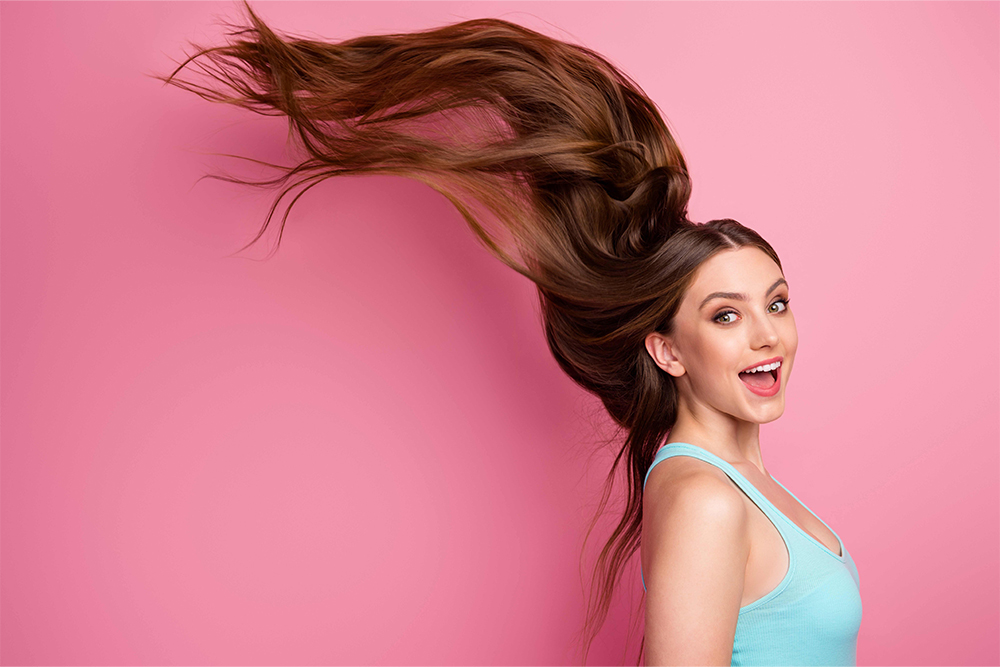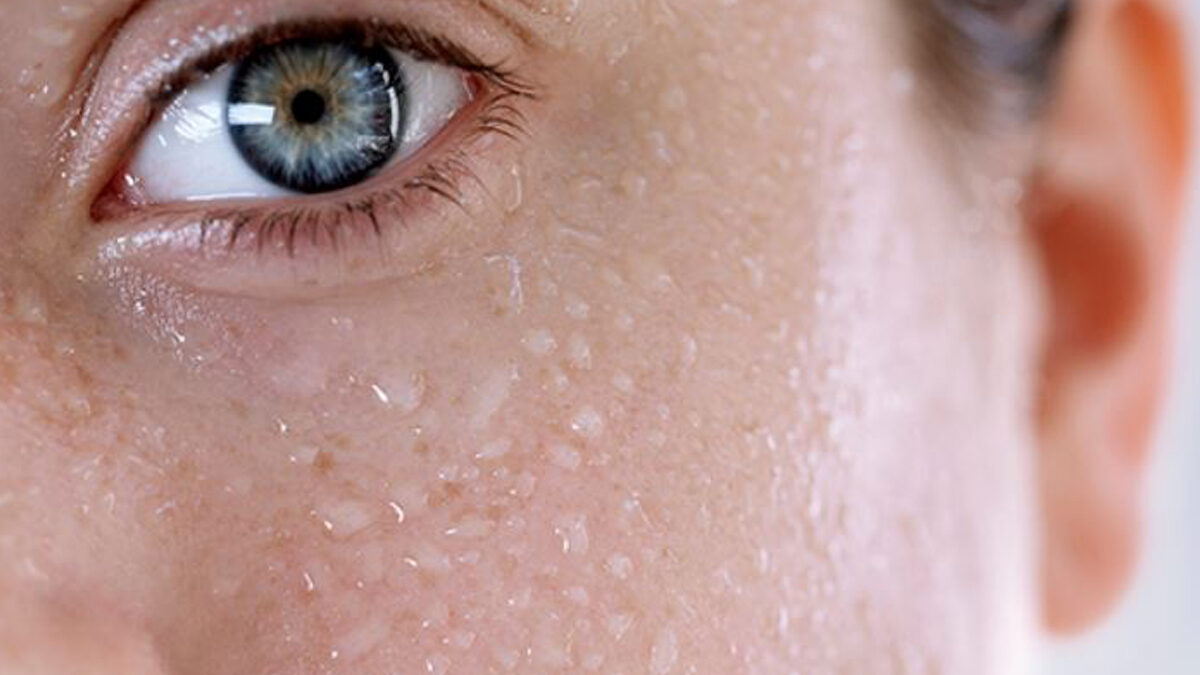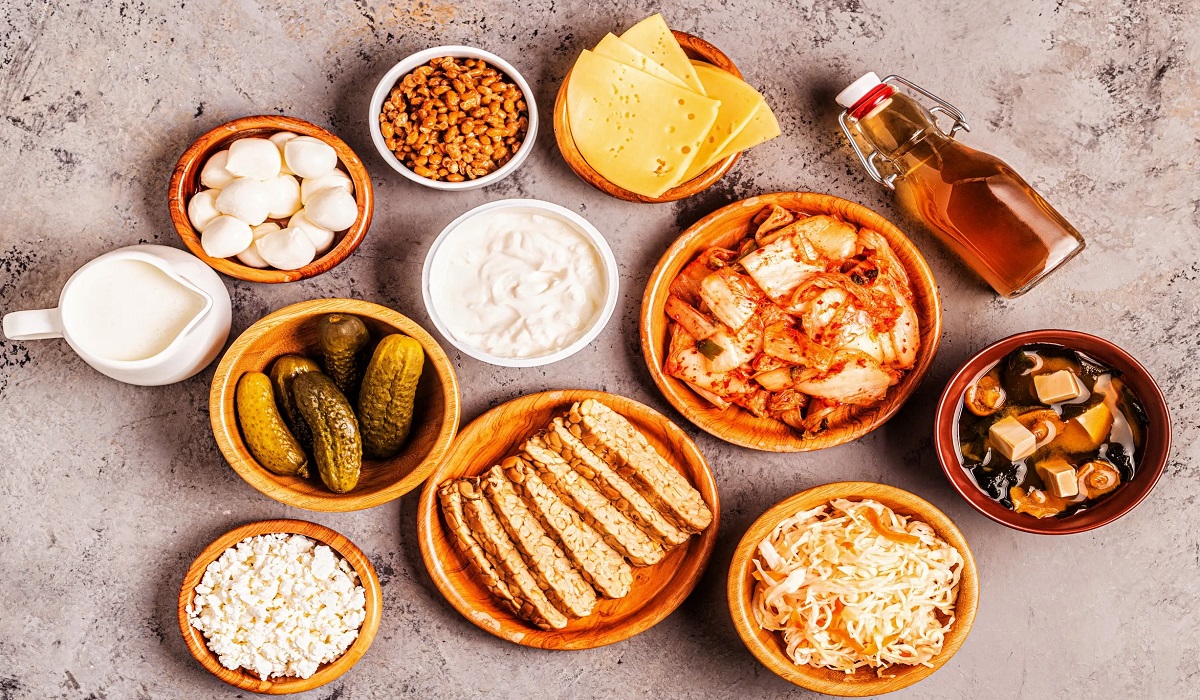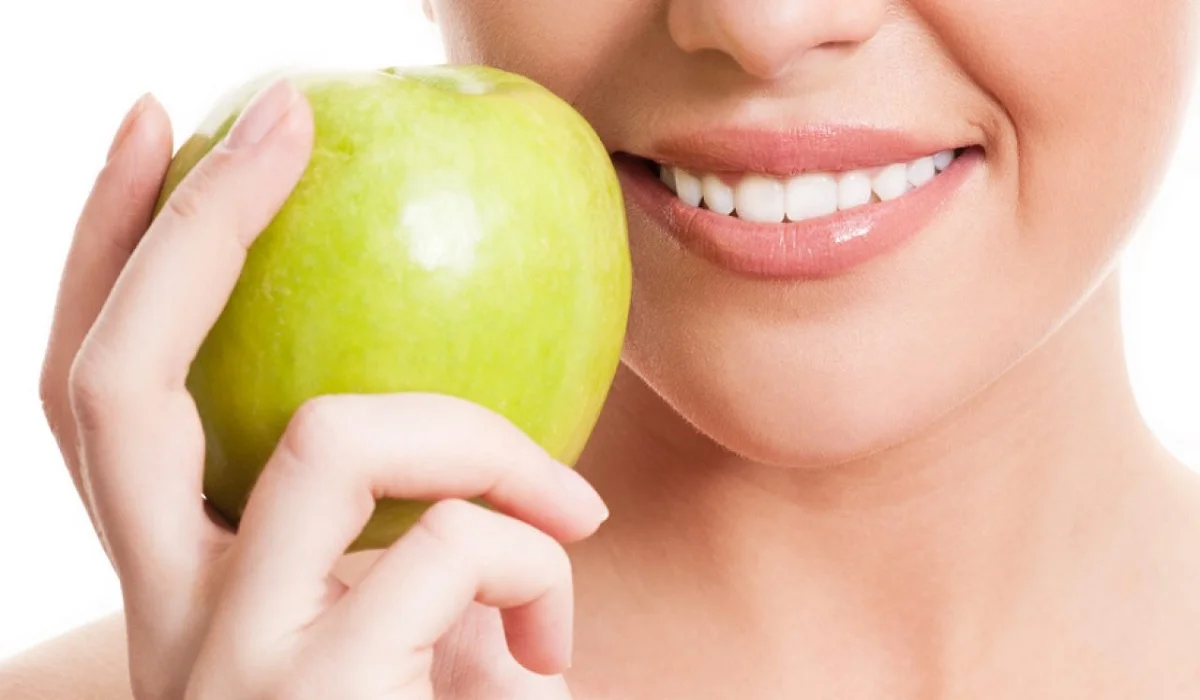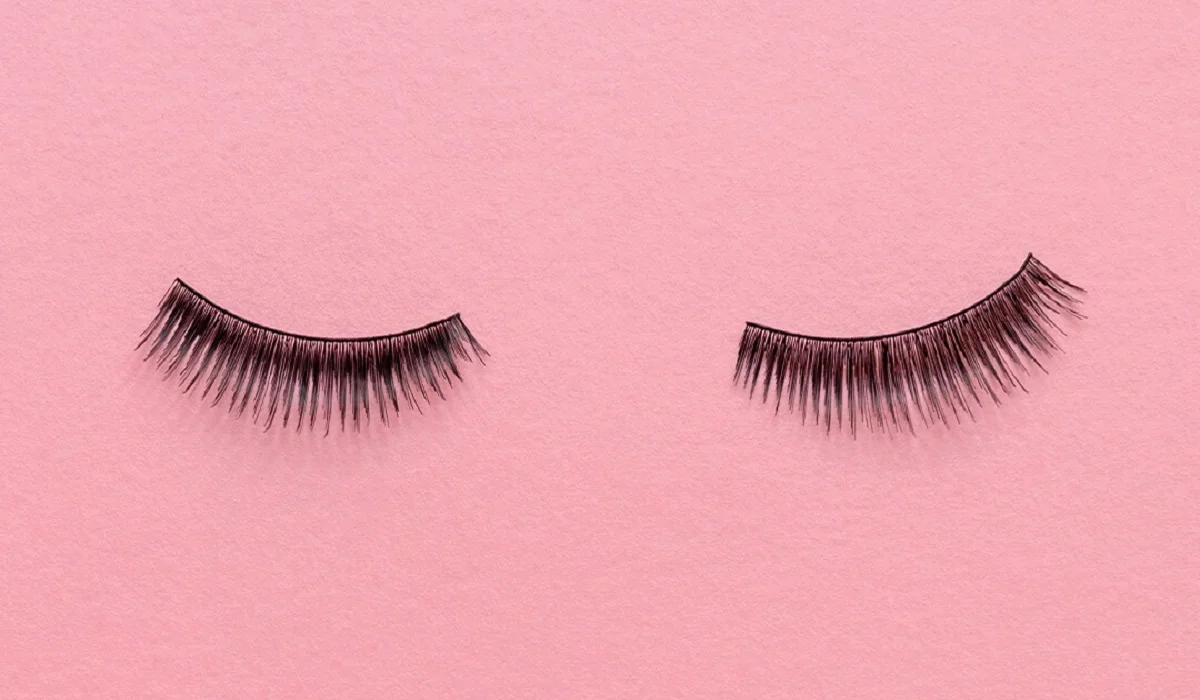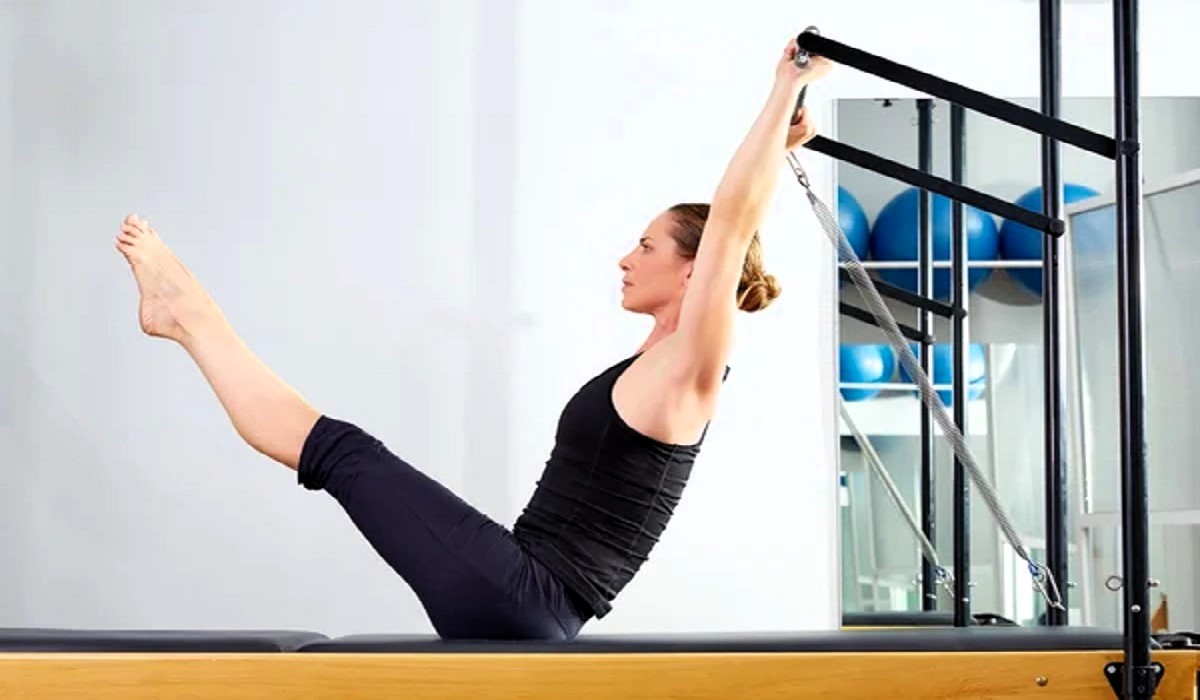Aging gracefully is a goal many aspire to, with minimizing wrinkles being a significant concern for those keen on maintaining youthful skin. Wrinkles, a natural part of aging, can be managed with the right skincare routine and lifestyle choices. This guide offers comprehensive tips for reducing the appearance of wrinkles, highlighting preventative measures, effective ingredients, and treatments that contribute to healthier, more resilient skin. Wrinkles are inevitable, marking the passage of time and reflecting our life’s experiences. However, understanding the causes of wrinkles and adopting a proactive skincare routine can significantly slow their progression and minimize their appearance.
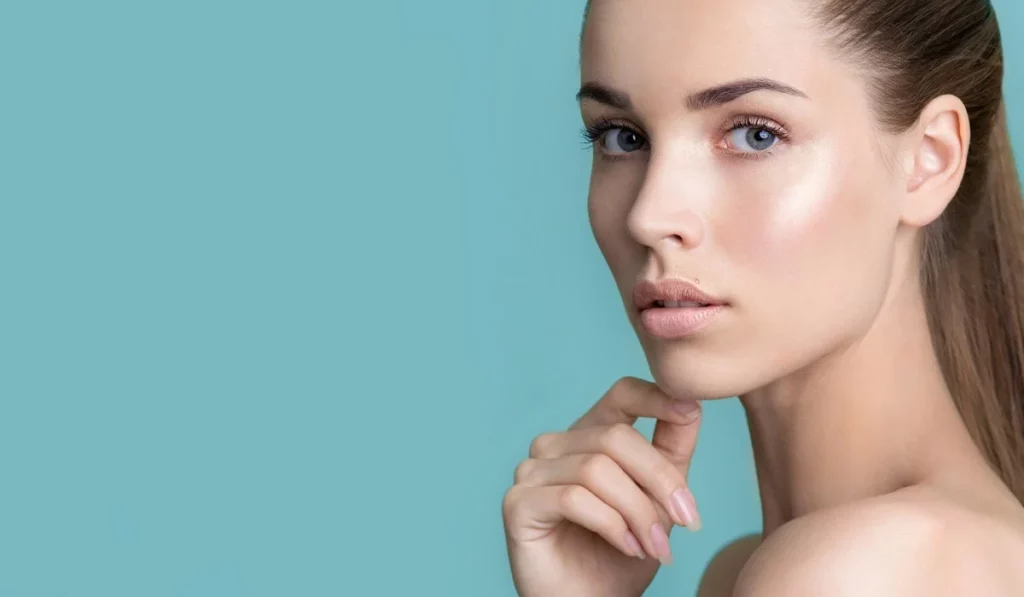
Understanding Wrinkles
Causes of Wrinkles
Wrinkles result from a combination of factors, including genetic aging, environmental exposure (particularly to UV light), lifestyle choices, and the natural decrease in collagen and elastin production over time.
Different Types of Wrinkles
Identifying the types of wrinkles can help tailor treatment approaches. Dynamic wrinkles appear due to facial expressions, while static wrinkles are visible even when the face is at rest, often deepening with age.
Prevention Strategies
Sun Protection
Sun exposure is a primary cause of premature skin aging. Daily use of broad-spectrum SPF 30 or higher sunscreen can protect the skin from harmful UV rays.
Hydration
Maintaining skin hydration is crucial. Drink plenty of water and use moisturizers to keep the skin hydrated from the inside out and the outside in.
Proper Nutrition
A diet rich in antioxidants, vitamins, and minerals supports skin health. Foods high in Vitamin C, E, and omega-3 fatty acids can help protect the skin from damage and support its natural repair processes.
Key Skincare Ingredients for Wrinkles
Retinoids
Retinoids, derivatives of Vitamin A, are gold-standard ingredients for reducing wrinkles and promoting collagen production.
Antioxidants
Antioxidants like Vitamin C, E, and ferulic acid combat free radical damage, a contributor to skin aging.
Peptides
Peptides support skin firmness and elasticity by signaling the skin to produce more collagen.
Hyaluronic Acid
Hyaluronic acid is a powerful humectant that draws moisture into the skin, plumping it up and reducing the appearance of fine lines.
Daily Skincare Routine to Minimize Wrinkles
A daily routine incorporating cleansing, moisturizing, and applying sunscreen can significantly impact wrinkle reduction. Nightly use of products containing retinoids or peptides can further support skin rejuvenation.
Advanced Treatments and Procedures
For those seeking more dramatic results, professional treatments like chemical peels, laser therapy, and micro-needling offer options to improve skin texture, stimulate collagen production, and reduce the appearance of deep wrinkles.
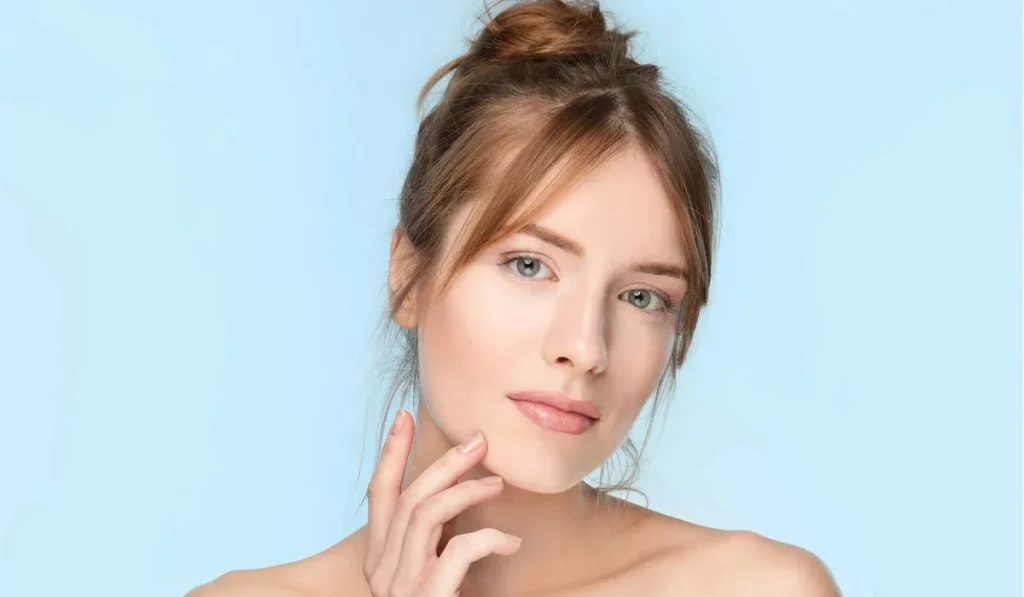
Lifestyle Changes to Support Skin Health
Avoiding Smoking
Smoking accelerates skin aging, contributing to wrinkles. Quitting smoking can improve skin health and overall well-being.
Reducing Alcohol Consumption
Alcohol dehydrates the skin. Limiting alcohol intake can help maintain skin hydration and elasticity.
Stress Management Techniques
Chronic stress can manifest in the skin. Practices like meditation, yoga, and adequate sleep can help manage stress and support skin health.
Skincare Tips for Minimizing Wrinkles
Recap of Key Points: Combating wrinkles effectively combines prevention, targeted skincare ingredients, and lifestyle modifications. Embracing these strategies can help you age gracefully, maintaining the skin’s radiance and vitality.
Minimizing wrinkles requires a holistic approach that blends skincare science with healthy lifestyle choices. By understanding the underlying causes of wrinkles and implementing a comprehensive skincare routine, you can significantly reduce their appearance. Embrace each stage of life with confidence, knowing you’re providing your skin with the care it needs to remain vibrant and youthful.
- How early should I start using anti-aging products? The ideal time to start incorporating anti-aging products into your skincare routine is in your mid to late 20s or early 30s. Prevention is key in anti-aging care, so beginning before the signs of aging become prominent can be beneficial. However, it’s never too late to start, as these products can offer significant improvements even after wrinkles have appeared.
- Can drinking water really help reduce wrinkles? Yes, hydration plays a crucial role in skin health. While drinking water alone won’t erase wrinkles, staying well-hydrated ensures that your skin remains plump, elastic, and less likely to display signs of aging prematurely. Adequate water intake supports overall bodily functions, including those that keep the skin healthy and resilient.
- Are expensive skincare products always more effective? Not necessarily. The effectiveness of skincare products depends on their formulation, not their price. Some high-priced products are indeed effective due to their high-quality ingredients and research-backed formulations. However, there are also many affordable products that are equally effective. Focus on products with proven ingredients for anti-aging, such as retinoids, peptides, and antioxidants, rather than the price tag.
- How often should I reapply sunscreen? Sunscreen should be reapplied every two hours when you are exposed to direct sunlight, especially if you are swimming or sweating. For daily use, applying a broad-spectrum sunscreen with at least SPF 30 in the morning should suffice if you spend most of your day indoors. However, if you’re near windows with sunlight coming in or step outside frequently, consider reapplying during the day.
- What is the best way to apply retinoids to avoid irritation? To minimize irritation from retinoids, start with a lower concentration and gradually increase it as your skin becomes more tolerant. Apply retinoids to dry skin, not immediately after washing your face, to reduce potential irritation. Initially, use retinoids only 2-3 times a week, slowly working up to nightly application as tolerated. If irritation occurs, scale back use and consult with a dermatologist for personalized advice.
- Is it necessary to use different products for day and night skincare routines? Yes, it can be beneficial. Daytime routines should focus on protection from the sun and environmental stressors, with products like sunscreen and antioxidants being pivotal. Nighttime routines are the best time to apply products that repair and regenerate the skin, such as retinoids and rich moisturizers, as this is when your skin undergoes its natural healing process.
- Can diet affect the appearance of wrinkles? Absolutely. A diet rich in fruits, vegetables, lean proteins, and healthy fats provides essential nutrients that support skin health. Antioxidants found in brightly colored fruits and vegetables can protect the skin from damage caused by free radicals, while omega-3 fatty acids found in fish and flaxseeds help keep the skin supple and moisturized. A healthy diet can complement your skincare routine in minimizing the appearance of wrinkles.


